This is a continuation of a series of posts on the Fuji GFX 50S. You should be able to find all the posts about that camera in the Category List on the right sidebar, below the Articles widget. There’s a drop-down menu there that you can use to get to all the posts in this series; just look for “GFX 50S”. This is the second post in a series on the Fuji 250 mm f/4 lens for the GFX.
When I test lenses, I do a lot of specialized testing with targets made for the use and report quantitative results. However, I also like to do some informal testing using foliage. That’s what you’ll see today. For comparison, I’ll include some shots with the well-respected Leica 180 mm f/3.4 Apo-Telyt-R on the Sony a7RII. In all cases, both cameras were set to ISO 100, and the electronic shutter was used with a 2-second self timer. Cameras were on an Arca Swiss C1 head on RRS carbon fiber legs. I picked this scene and shot it early in the morning when the wind was calm. The focusing was manual. I made four shots at each aperture, and you’re looking at the sharpest (or nearly so; there was very little difference among the images).
Now I’ll show you some tight crops with both cameras. I am developing the raw files in Lightroom with nearly the default settings (exceptions are exposure and white balance adjustments). I export tight crops from the developed images as 700-pixel-high JPEGs. That means that the images are all heavily upsampled. The GFX images are 253% of their original size in both dimensions. The a7RII images are at 295%. The different ratios are necessary to compensate for the variations in the height of the three sensors when measured in pixels.
If you just want a rough idea of the differences, just look at the images as displayed in-line in the posts. However, if you wish to compare these images in detail, you should view these images by clicking on them to see the source files, then setting your browser for 100% zooming. Even better, download them and make Photoshop stacks.
No matter what you do, these crops are all going to look horrible. I’m blowing them up so much so that they will represent the original file after JPEG’s discrete cosine transform has had its way with them. If you want to get a good idea of what the images would look like printed, get far away from your monitor. No, farther than that. Put a bunch of the images up on the screen and back up until the best one starts to look good. Then look at the others.
There’s another reason why these images won’t look like the best thing the camera/lens combination can deliver. They’re demosaiced with Lightroom. Lightroom is not awful, but for a particular image, there are usually better raw processors. I use Lr because it’s a de facto standard, because I know it well, and because it’s got good tools for dealing with groups of images.
In the center:
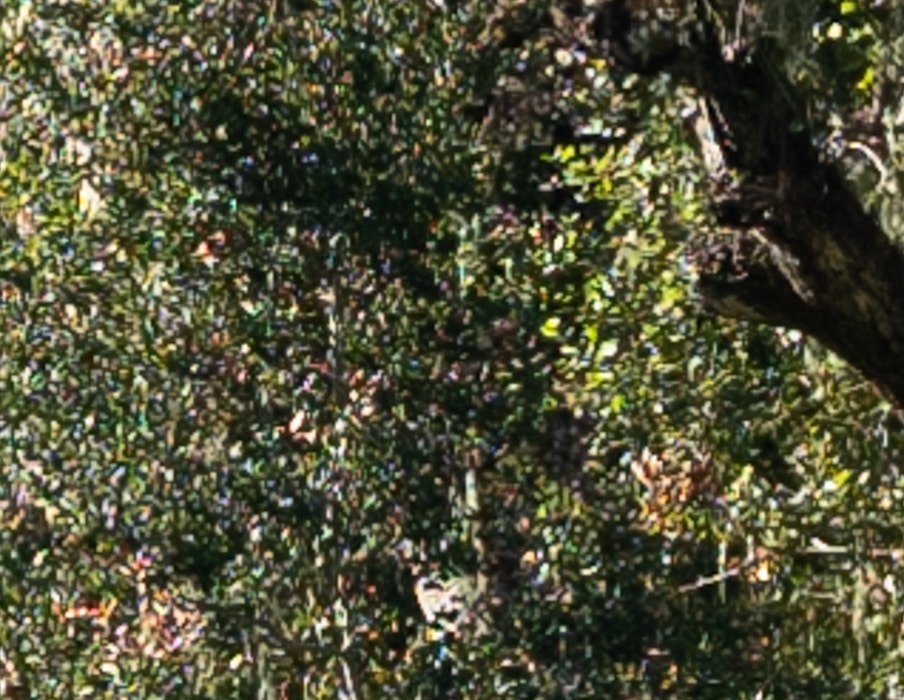
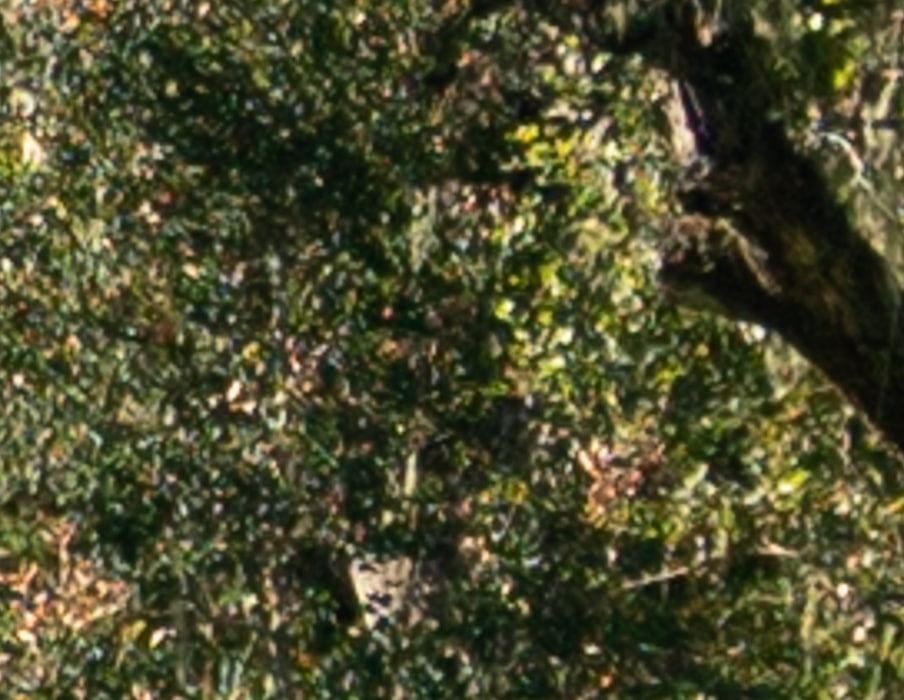
When correcting for image height, the 180 mm Apo-Telyt on the a7RII is equivalent to the 250 mm Fuji lens on the GFX. The equivalent aperture of the Fuji’s f/4 would be about f/2.8, but the Leica lens doesn’t open up that far, so f/3.4 is going to have to do.
The GFX image is definitely crisper.
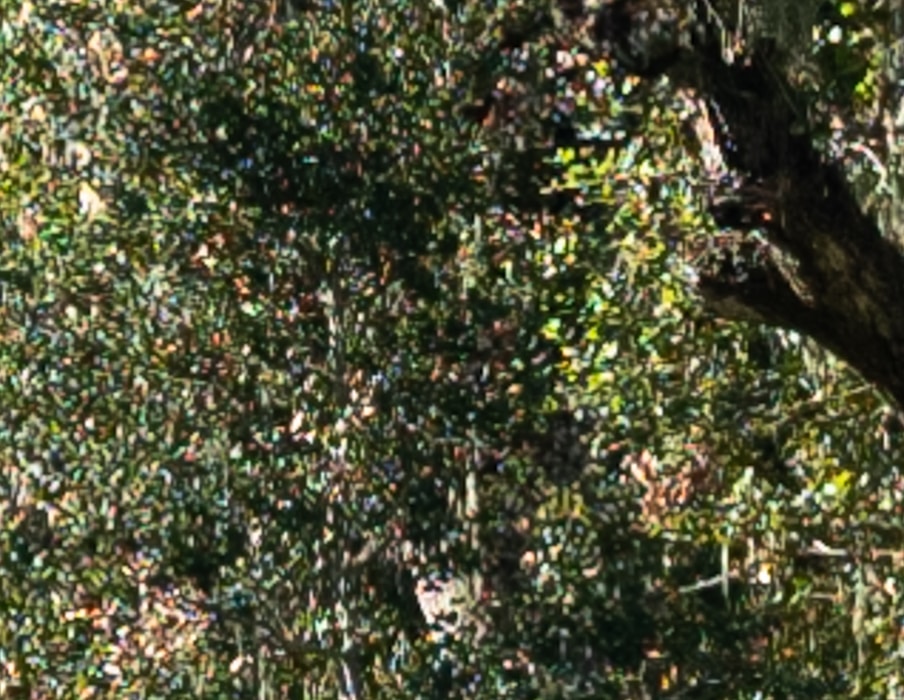
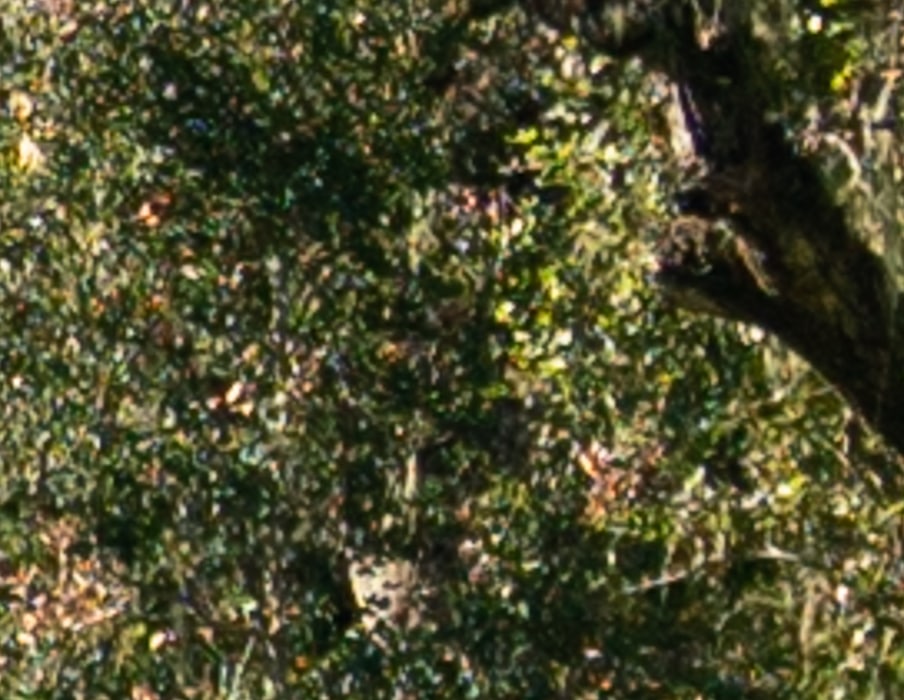
At f/5.6 and f/4, there is still a great deal of difference in favor of the GFX.
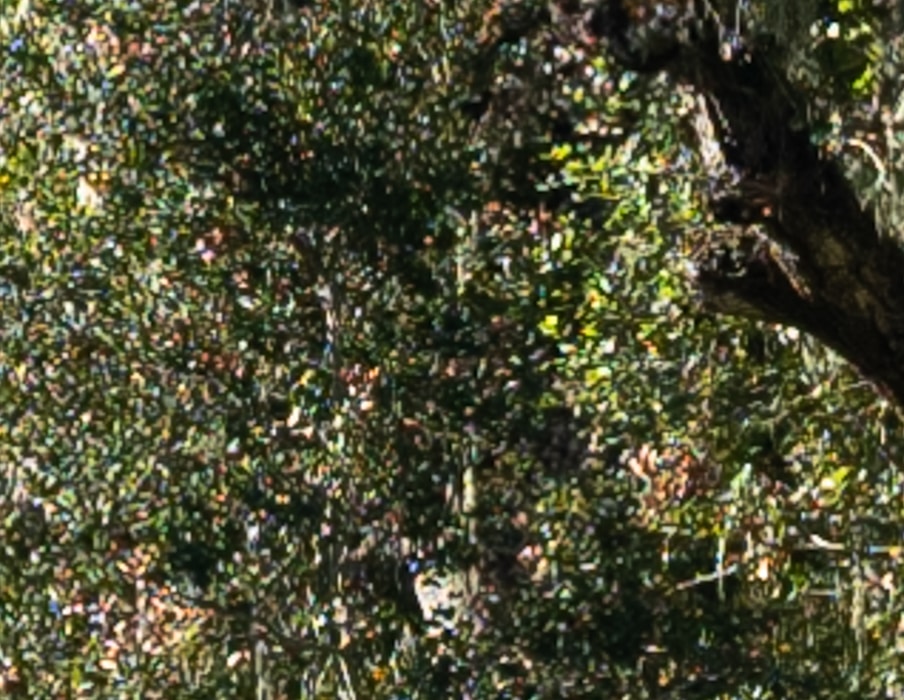
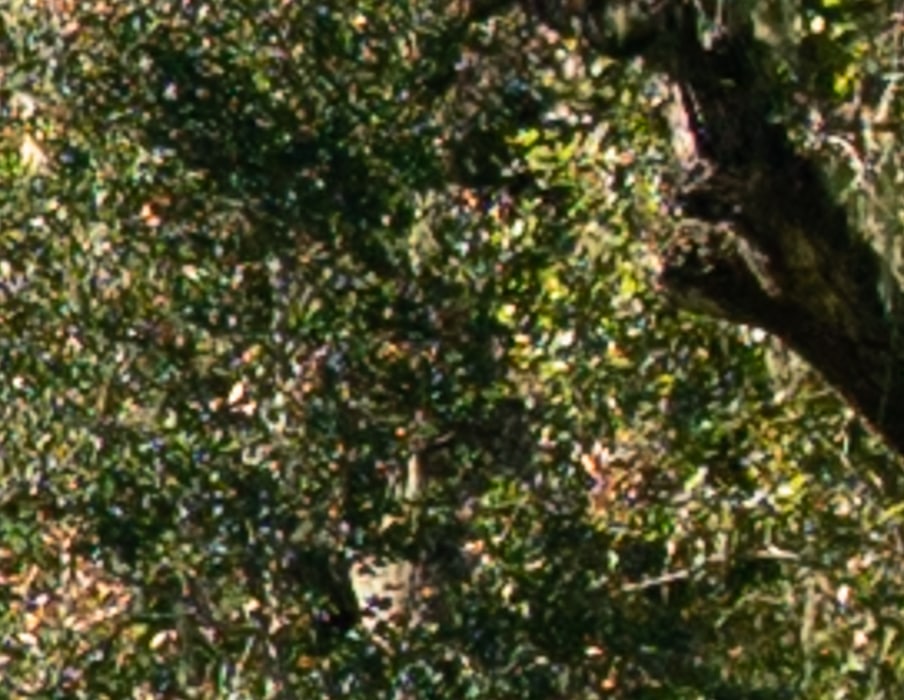
Now things are getting closer.

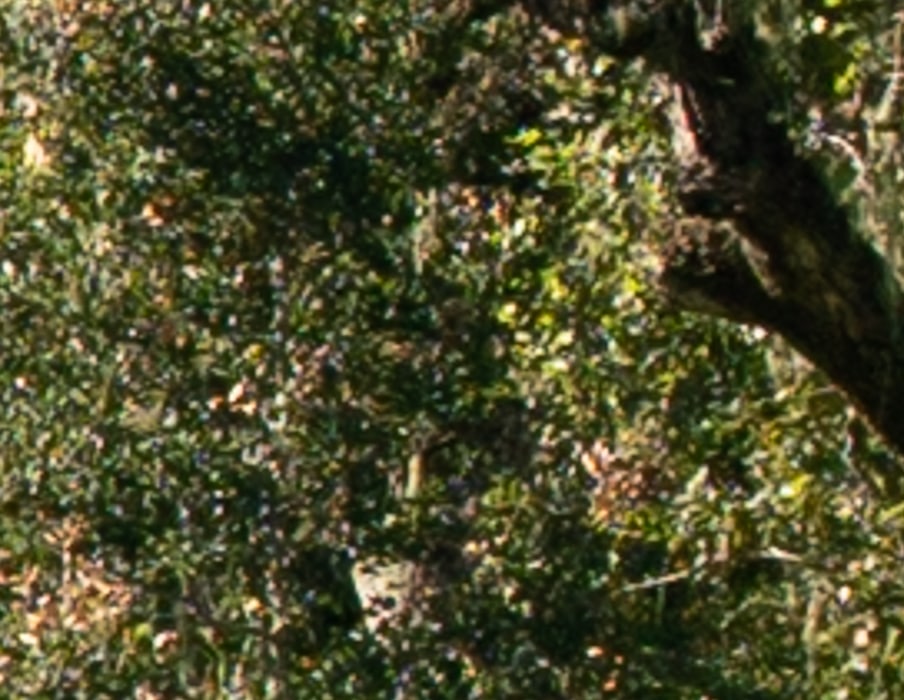
The Fuji is still better, because of the greater resolution and the smaller microlenses, in addition to any lens differences.
In the upper right corner of the GFX and of a 4:3 crop on the a7RII:
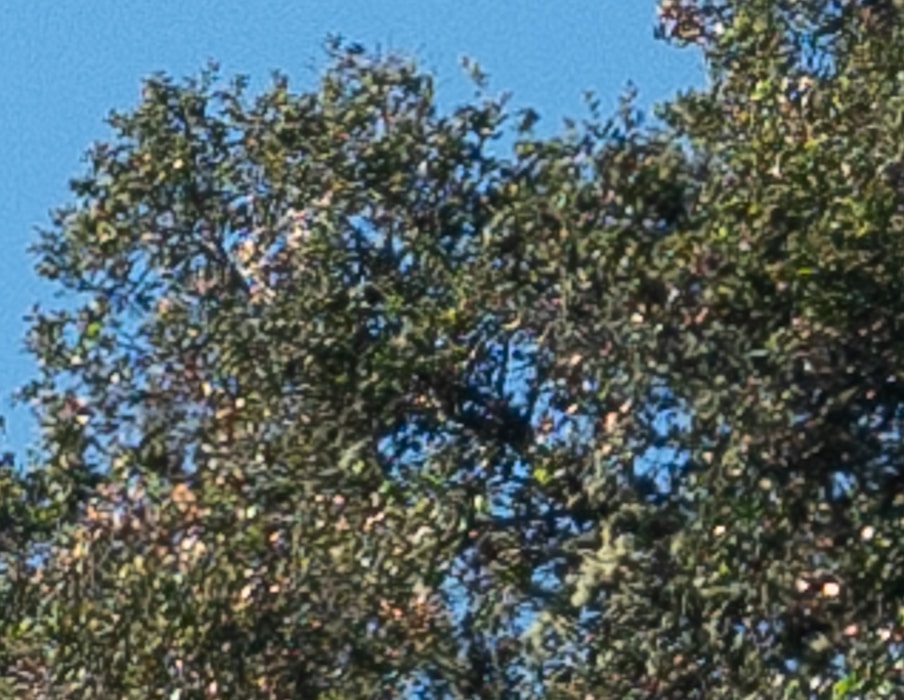
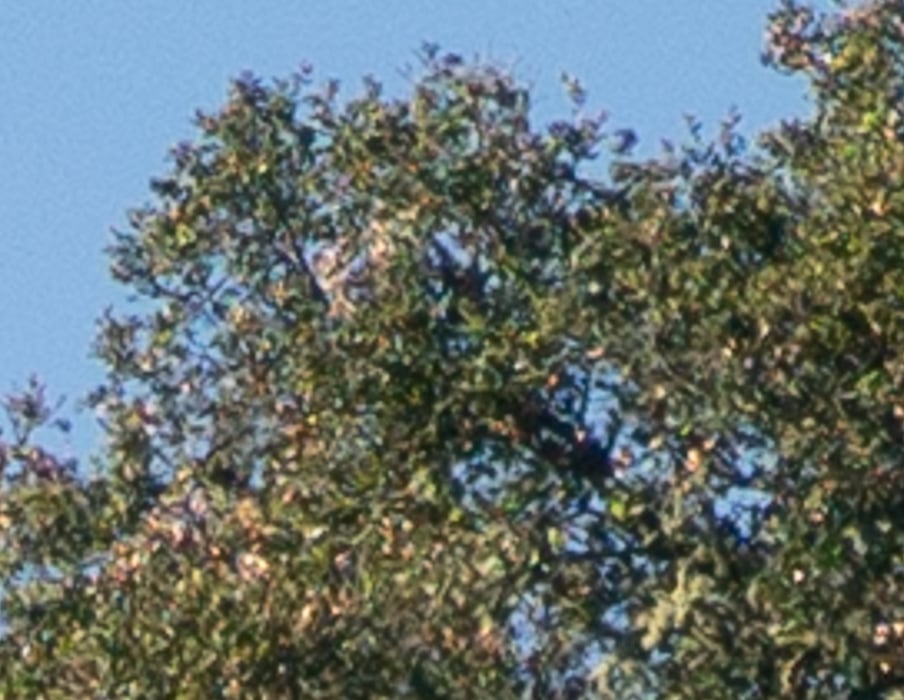
Neither lens exhibits a lot of sharpness falloff.
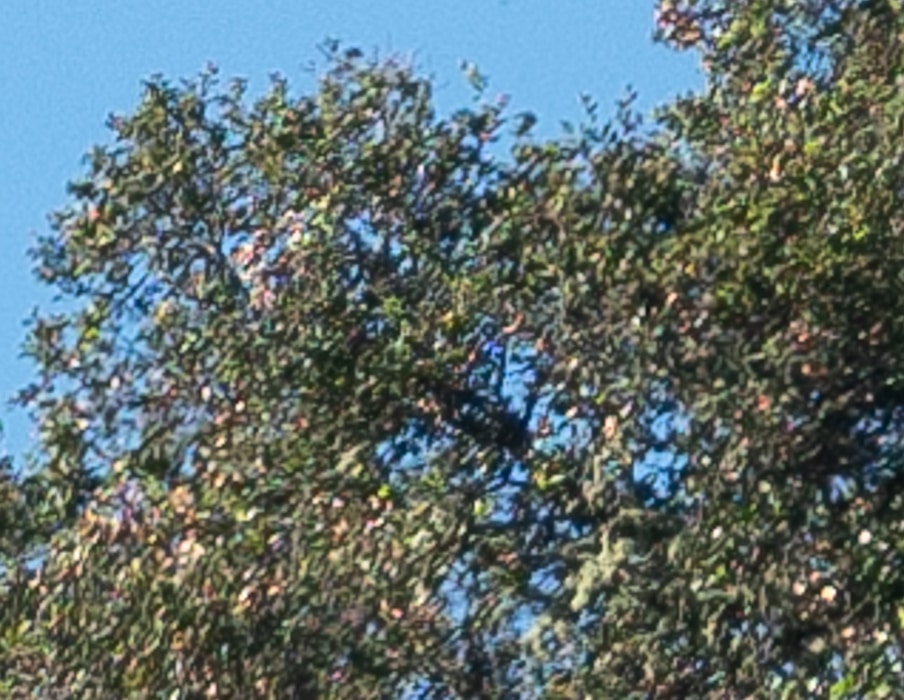
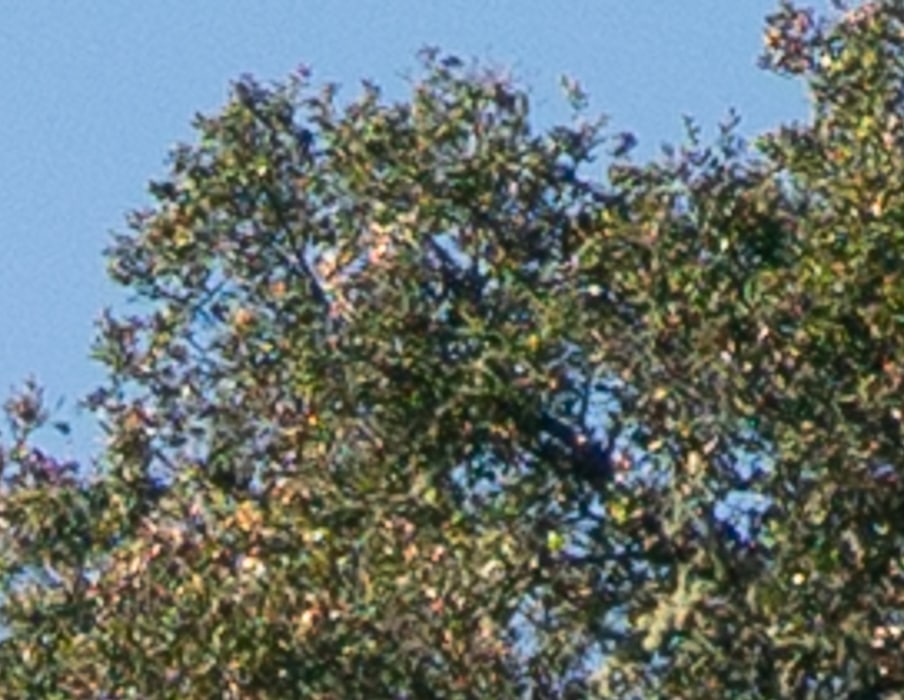


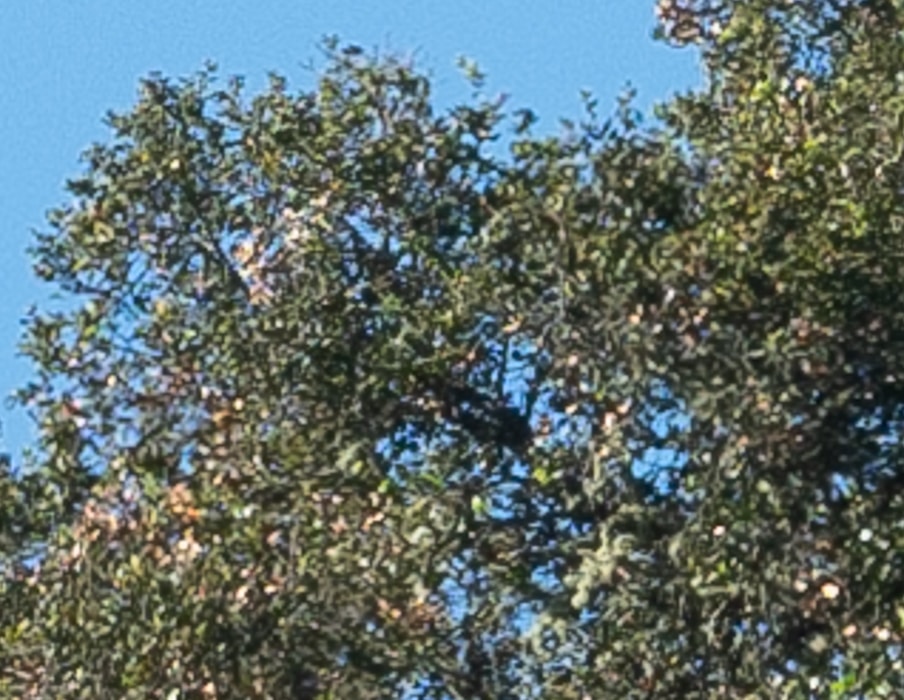
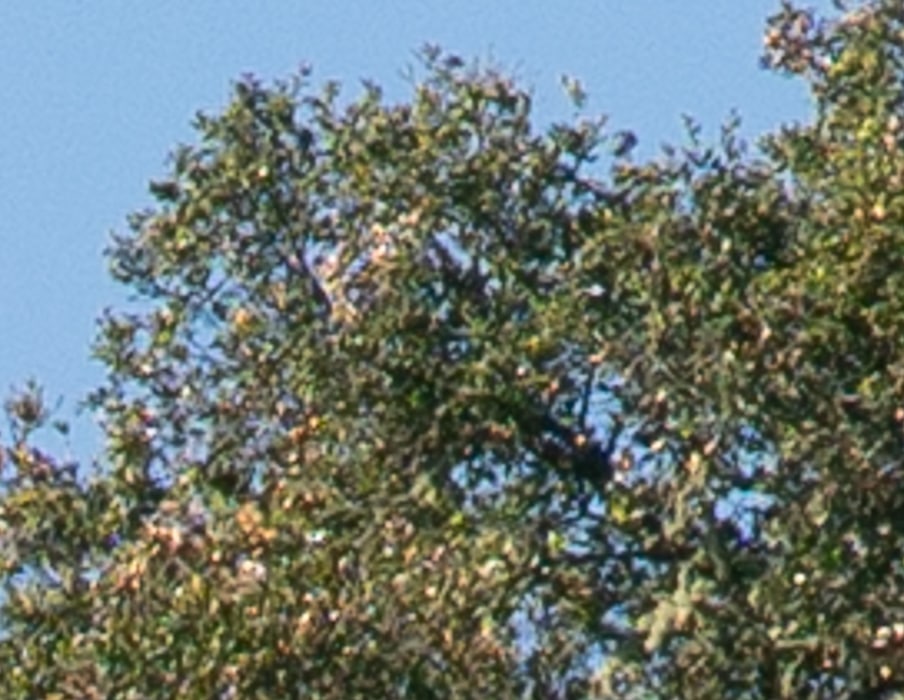
The Sony and Leica combination is doing quite well but is no match for a sharper lens on a higher-resolution camera. The 250 is much easier to focus critically than the 180, which has a fairly touchy helicoid. The Fuji focus-by-wire software works really well with the 250 unless you want to quickly change focus distance over a large range.
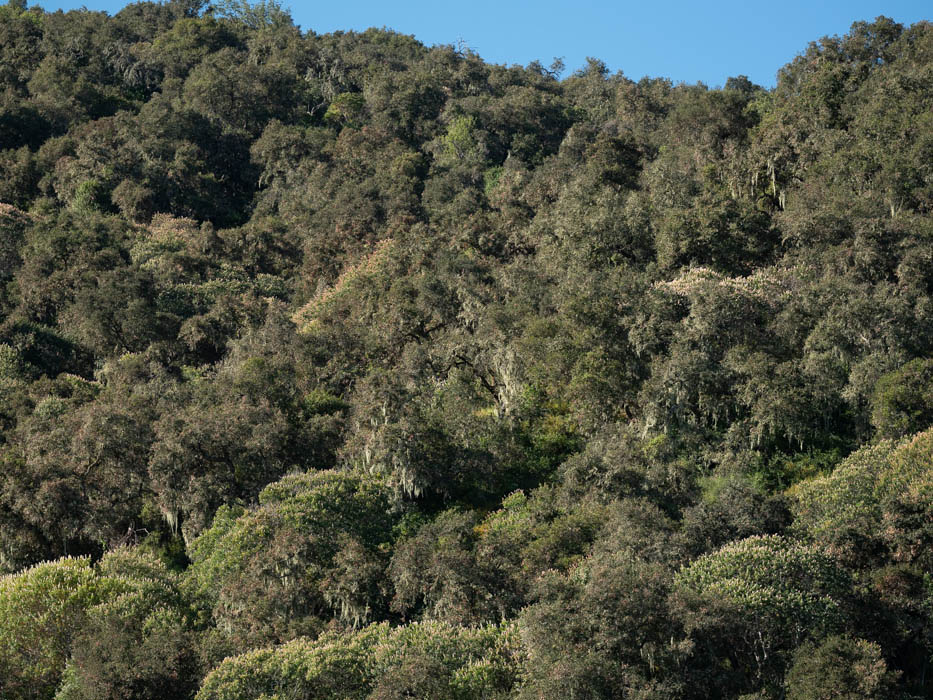
AndrewZ says
I forget with all the Sony iterations but does the A7RII have a low pass filter? The differences here certainly look that way as its consistent from centre to corner with no obvious blur in any direction which I would expect from resolution differences. My brief google search would indicate they both dont (however there is nothing clear for the Sony) so I suppose this is the true advantage to larger sensors better optics with less constraints for the same DOF and not more DOF or lower noise as everyone thinks.
JimK says
No.
JimK says
Yes. The Fuji lenses are remarkable, and the Leica lens design is 30 years old.
Timm says
Doesn’t perform the Batis 2.8/135 better then the Leica on the A7R and how performs A7RIII with Pixel Shift. Still an advantage on the Fuji?
JimK says
The Batis 135 is a quite different focal length than 180 mm, which is the image-height-adjusted equivalent FF focal length of the G-mount 250/4, making such a comparison difficult.
The pixel shift idea is an interesting one, but it would be hard to control for sharpening.
Timm says
Yes my fault i have missed the ‘180mm’ Apo-Telyt 🙂
Pixel shift doesn’t work with that kind of shots. But there are many situations it works very nice and for what i have seen from my own tests it blows a single exposure clearly away. The point is that a A7R3 is capable to bring that kind of performance. And as i understand, you make here a camera format performance comparison.
A good setup to test the best possible quality maybe the small-scale studio ropes or any other reproduction/macro work. But you need also a really good lens for best possible comparison.
BTW – thanks for this site and the effort 🙂
JimK says
Pixel shift is especially nice for fabrics, but not those worn by living people.
Timm says
Makro, Stills, … but it is what the Body is capable to do.
Cos says
Hi Jim,
Thank you again for making all these tests and making the results available to us.
It would be great to have a simular shoot out to compare the new GF250mm with GF110mm and/or GF120mm.
I reviseted your comparison of GF120mm and GF110mm back in 2017 and should say that my copy of GF110mm does not have the CA visible in the tree branches of the copy you have tested. I had a chance to test two GF110mm lenses before buying one and both of them were equally good.
https://blog.kasson.com/the-last-word/fuji-1102-vs-1204-on-gfx-50s/
Regards,
Cos
JimK says
I don’t see how you can visually compare lenses that are so far apart in focal length.
Jim
Cos says
You could come closer to the subject with GF110 to compensate for differences in f length. I guess you change distances to the subjects in your lab as well for different lenses.
Cos
JimK says
You can already compare the lab tests; this is about a visual test. But, backing up a bit, I just don’t see the point. Nobody is going to be choosing between a 110 and a 250 for a given shot, are they?
Ahmed Gencal says
Hi Jim,
Thank you again for making all these tests and making the results available to us.
What about 180mm apo telyt on gfx? Do you think it is a good landscape lens and is it as good as 110mm on gfx?
Thank you
JimK says
Haven’t tried that lens on the GFX. I would expect it to have coverage issues. The 110/2 is a sharper lens.